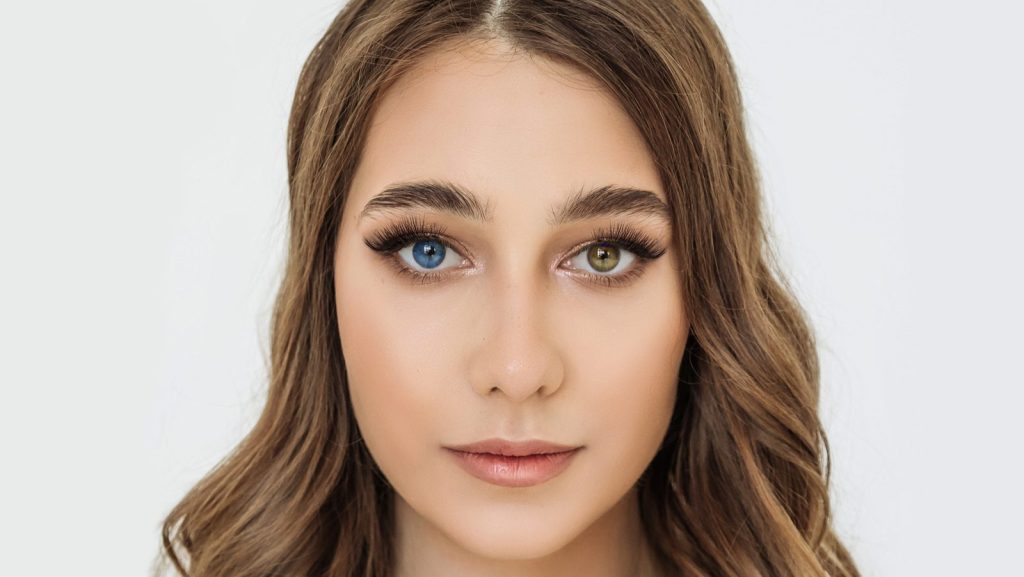In the grand tapestry of history, where battles were fought, empires rose and fell, and revolutions changed the course of humanity, some might wonder where a day celebrating different colored eyes fits in. July 12 marks National Different Colored Eyes Day, a nod to the rare and fascinating genetic marvel known as heterochromia. This observance, kick-started in 2019 by the National Day Calendar, might not commemorate a battle or crown a king, but it spotlights the unique beauty found in human diversity. While no ancient hero or pivotal moment in history is directly linked to this day, it's a modern celebration of individuality and the stories written in the very iris of those who walk among us with this distinctive trait. In a world brimming with stories of conquests and discoveries, could the celebration of such a personal and visually striking characteristic weave its own thread into the fabric of our shared history?
Key Takeaway
Timeline
Day Activities
-
Morning Meet-up: Kick off National Different Colored Eyes Day with a vibrant morning gathering. Participants can share stories behind their unique eyes, fostering a sense of community. Creative activities like painting or crafting eye masks that mimic heterochromia could add a splash of fun, celebrating diversity right from the get-go.
-
Educational Workshops: Midday is perfect for diving into educational sessions. Experts in genetics and ophthalmology could demystify heterochromia for attendees, using layman's terms. Interactive Q&A sessions will keep everyone engaged, ensuring they leave with not just new knowledge but also a deeper appreciation for this rare trait.
-
Evening Photo Shoot: As the day winds down, an outdoor photo shoot under the golden hour light could capture the beauty of different colored eyes. Participants can pair up, showcasing the contrast and similarity between their eyes. This visual feast, shared on social media, could spread awareness far and wide, wrapping up the day on a high note.
Why We Love This Day
-
Celebrating uniqueness and diversity: National Different Colored Eyes Day is all about celebrating what makes folks stand out from the crowd. Having two different colored eyes is a rare and beautiful genetic twist that reminds us all of the incredible diversity in human genetics. This day shines a spotlight on those unique individuals, encouraging everyone to appreciate and embrace the differences that make each person special.
-
Raising awareness about heterochromia: Before this day got marked on calendars, many might not have known what heterochromia was, let alone how to spell it! Now, thanks to National Different Colored Eyes Day, there's a golden opportunity each year to learn more about this condition. It's not just about the cool looks; it's also a chance to understand the science behind why some people have two different colored eyes and to debunk myths or misconceptions surrounding it.
-
Fostering inclusivity and acceptance: In a world that often rushes to label anything out of the ordinary as "weird" or "unusual," National Different Colored Eyes Day serves as a gentle reminder that diversity is something to be celebrated, not shunned. This day helps to foster a more inclusive society where people feel valued and accepted for who they are, not just what they look like. It's a small step towards a bigger goal of universal acceptance and love for all kinds of beauty.
Past & Future Dates
| Month | Day | Year |
|---|---|---|
| JULY | 12 | 2022 |
| JULY | 12 | 2023 |
| JULY | 12 | 2024 |
| JULY | 12 | 2025 |
| JULY | 12 | 2026 |
| JULY | 12 | 2027 |
| JULY | 12 | 2028 |
FAQ
Is there a heterochromia day?
On July 12th, National Different Colored Eyes Day recognizes those who have two different colored eyes.
What is the rarest eye colour to have?
The rarest eye color is likely red and violet (in people with albinism) or green (in the general population). Studies on eye color are limited and most of them have been conducted in the United States and Europe where light eye colors, like blue and green, are more common than they are globally.
What is it called when you have two different colored eyes?
Heterochromia is the condition of having different colored eyes in the same person. It can appear either as a hereditary trait, as a symptom of various syndromes, or as the result of a trauma.
What is the mythology of two different colored eyes?
In some cultures, individuals with two different colored eyes were either seen as blessed by the gods or feared as omens of bad luck. One of the most well-known mythical figures with this trait is Odysseus from Greek mythology, who had one brown eye and one blue eye. He was reputed to have gained great wisdom through his unique eyesight.
